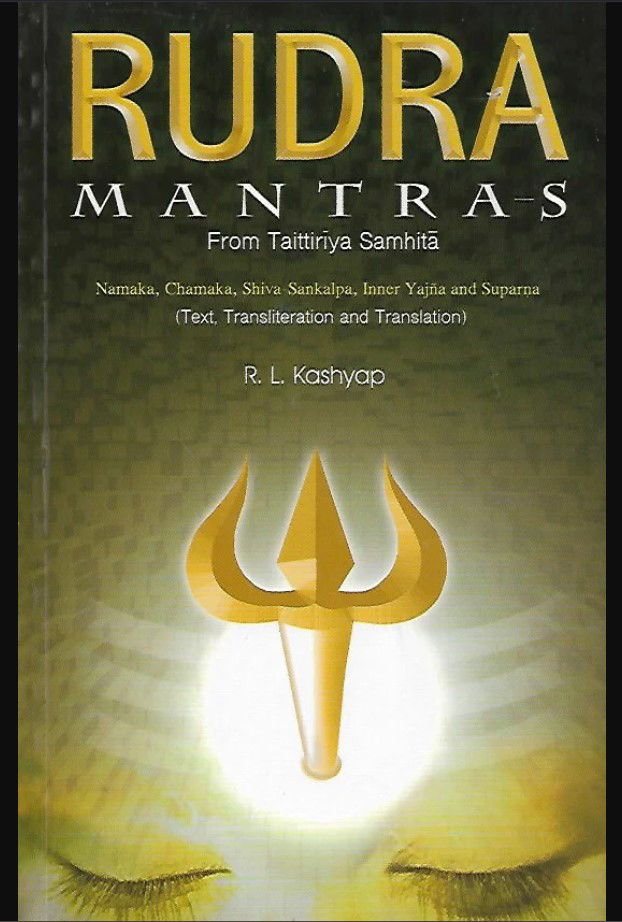Notes from the book titled ‘Rudra Mantras’ (From Taittriya Samhita)’ by R.L. Kashyap


Link to purchase the book:
https://vedah.com/products/rudra-mantras-from-taittiriya-samhita
DISCLAIMER: The author is solely responsible for the views expressed in this article. The author carries the responsibility for citing and/or licensing of images utilized within the text.
